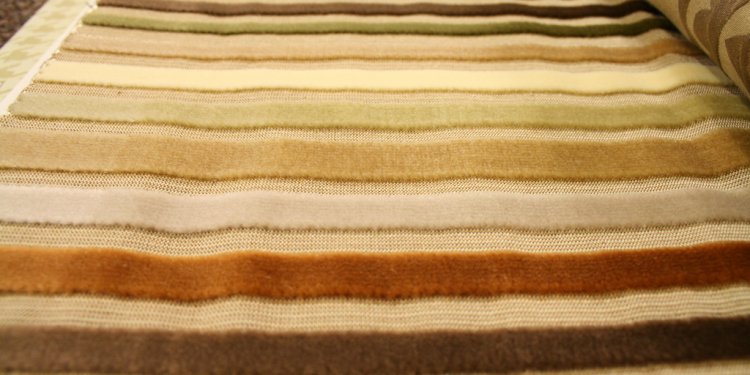
Dry clean viscose
Many garments made of viscose are labeled as dry clean only. This is because viscose fabrics can be damaged by excessive wringing and twisting that can occur in a washer with an agitator. If you are not experienced with doing laundry or the garment is structured or very expensive, follow the label instructions and stick with dry cleaning as the preferred method of cleaning.
For unstructured garments like unlined dresses or tops, woven viscose fabrics can be hand washed using cool water and a gentle detergent. Hand washing is gentle enough to prevent damage but always remember to NEVER wring or twist the wet fabric. After hand washing, it is best to place the wet garment on a thick cotton towel and roll up to absorb most of the water. Then allow the garment to air dry flat or hang to drip dry. If you choose to use a clothes washer instead of hand washing, select a gentle cycle and a low spin cycle speed.
For garments that are constructed by knitting viscose yarns, treat them as you would when hand washing any sweater. Roll in a towel to remove excess moisture and dry flat. Be sure to gently pull and shape the garment back to its original shape and size as it begins drying. Don't leave it in a crumpled mess! Set-in wrinkles can be difficult to remove later.
To remove stains on viscose clothes, follow suggested stain removal tips depending upon the type of stain. It is important to never scrub or briskly rub the stained area too much. This can cause the viscose yarns to weaken leaving them looking worn and no longer glossy.
To remove wrinkles from viscose fabrics, use a medium heat (silk setting) on your iron. Use a pressing cloth to prevent shiny streaks. Steam can be used to remove the toughest wrinkles. A clothes steamer works well for gentle wrinkling.
Characteristics of Viscose Fabric
Viscose fibers or yarns are usually woven or knitted into soft, smooth, almost silk-like fabrics but the fibers can be twisted during manufacturing to give the final cloth more texture. The weight of the yarns can vary from lightweight for linings to heavy to create drapery and upholstery. The viscose fibers are often combined with other types of fibers like Lycra to add stretch.
Viscose fabrics and the garments they become are very breathable and perfect for hot, humid climates. They are not good for insulating from cold. The fibers are easily dyed and the final fabrics retain color well. The fabrics do not shrink when exposed to heat.
However, viscose does absorb moisture readily including body oils and salts. While it is more absorbent than cotton, viscose is not not nearly as strong when wet. That's why wet viscose clothes should be handled more gently. The body oils and salts combined with the moisture can cause discoloration and weaken the fabric. Prompt washing is important to keep the clothes looking their best.

















